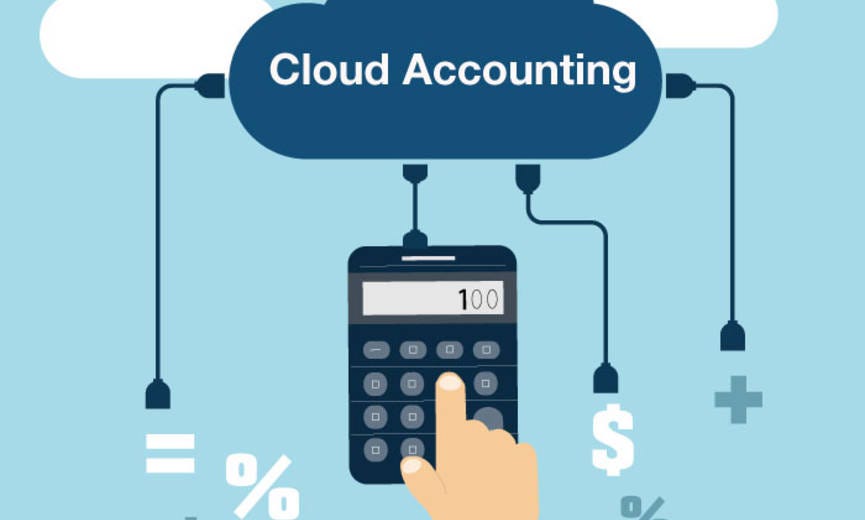Precision in Finance – Healthcare Investment Banking Solutions for Optimal Outcomes
In the dynamic realm of healthcare, where innovation and advancements are constant, precision in finance plays a pivotal role in shaping the landscape of investment banking solutions. Healthcare investment banking entails a complex interplay of financial acumen, industry expertise, and strategic foresight to navigate the intricacies of this rapidly evolving sector. With the overarching goal of facilitating optimal outcomes for stakeholders, healthcare investment bankers are entrusted with the task of identifying, structuring, and executing transactions that drive value creation and foster sustainable growth. At the heart of healthcare investment banking lies a deep understanding of the sector’s nuances, ranging from regulatory frameworks and reimbursement dynamics to technological breakthroughs and market trends. Armed with this knowledge, investment bankers are adept at assessing opportunities and mitigating risks across various subsegments of healthcare, including pharmaceuticals, biotechnology, medical devices, and healthcare services. One of the primary functions of healthcare investment banking is facilitating capital formation.

Whether it is through initial public offerings IPOs, follow-on offerings, private placements, or debt financings, investment bankers play a crucial role in connecting healthcare companies with the capital they need to fuel their expansion plans, fund research and development initiatives, or pursue strategic acquisitions. By leveraging their extensive network of investors and deep industry relationships, investment bankers tailor financing solutions that align with the unique objectives and growth trajectories of healthcare clients. Moreover, M&A advisory services represent another cornerstone of healthcare investment banking. In a landscape characterized by rapid consolidation and strategic partnerships, investment bankers serve as trusted advisors, guiding clients through the intricacies of mergers, acquisitions, divestitures, and joint ventures. From conducting comprehensive due diligence and valuation analyses to negotiating deal terms and navigating regulatory hurdles, investment bankers orchestrate transactions that maximize value and drive synergies for both buyers and sellers. In addition to capital formation and M&A advisory, healthcare investment bankers provide strategic advisory services aimed at optimizing corporate strategies and enhancing shareholder value. By conducting in-depth market research, competitive analyses, and strategic assessments, investment bankers help healthcare companies identify growth opportunities, assess strategic alternatives, and chart a course for long-term success.
Whether it is evaluating expansion into new markets, assessing licensing and partnership opportunities, or optimizing product portfolios, investment bankers offer invaluable insights and strategic guidance to steer clients towards sustainable growth and profitability. Furthermore, in an era marked by technological disruption and digital transformation, healthcare investment bankers are at the forefront of facilitating innovation and fostering collaboration between traditional healthcare incumbents and disruptive newcomers. From facilitating strategic partnerships between pharmaceutical companies and digital health startups to advising on investments in cutting-edge technologies such as artificial intelligence, telemedicine, and precision medicine, investment bankers play a pivotal role in driving innovation and shaping the future of healthcare delivery. By harnessing their financial expertise, industry knowledge, and strategic insights, investment bankers are instrumental in unlocking value, driving growth, and delivering optimal outcomes for healthcare clients and stakeholders and Learn More. Whether it is navigating capital markets, orchestrating M&A transactions, or providing strategic advisory services, healthcare investment bankers serve as trusted partners, guiding clients through the ever-evolving landscape of healthcare finance with precision and purpose.



